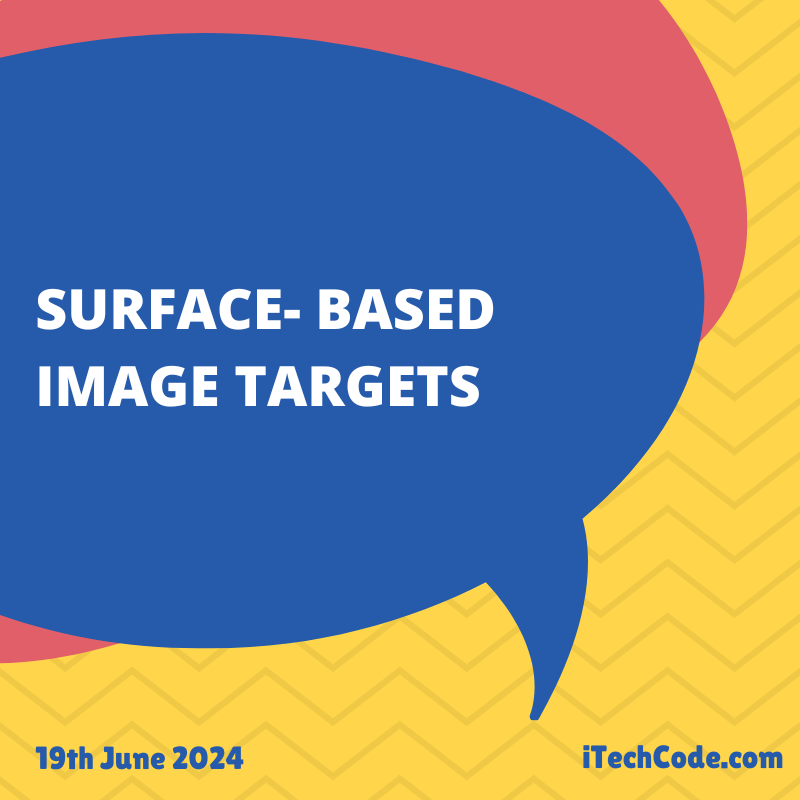In the growing augmented reality (AR) environment, surface-based AR Tracking is rising and gaining attention by changing the way we interact with our environment, creating so many opportunities for digital overlays on physical objects.
Understanding Surface-Based AR Targets
Surface-based AR objectives refer to technologies that enable AR systems to recognize and manipulate real-world surfaces as anchors for digital content. Unlike Marker Based targets that depend on marker and images, surface targets use the physical characteristics of surface like walls, tables and floors to place virtual objects. This created more seamless integration of digital and physical realm.
Key Features and Capabilities
- Surface Tracking Technology demonstrates versatility in recognizing and manipulating a wide variety of surfaces, including walls, floors and tables, as potential canvases for AR objects.
- By removing the need for mark-less tracking development and specific visual branding, surface-based AR provides an improved experience that is organic.
- Six Degrees of Freedom (6DoF) interactions allow users to move around virtual objects placed on pages, creating a truly immersive and dynamic mood.
- Collaborative viewing allows multiple users to engage with the same AR content anchored to a surface, encouraging shared experiences and collaborative interaction
- Spatial mobility Advanced systems can map and remember the environment, allowing permanent placement and recall of AR information across multiple platforms.
Practical Applications Across Sectors
Surface-based AR targets are revolutionizing industries with their versatility.
- They allow virtual furniture installations and real-time furniture modeling in interior design and architecture.
- In this case, schools have been able to take advantage of augmented reality concepts that make abstract ideas come live.
- Game developers are now making location-based AR games and board game experiences using the technology.
- Facilitates 3D model presentations and virtual training simulations in corporate environments.
- Retailers use it to pilot product automation as well as improve in-store displays.
Within these spaces, page-based Augmented Reality goals are transforming how we interact with our environments, seamlessly integrating digital and physical objects to create immersive experiences and it is useful.
Challenges and Future Directions
While surface tracking AR offers exciting possibilities, it’s not without its challenges. Current restrictions include:
- Photosensitivity: Poor lighting conditions can affect surface detection accuracy.
- Capacity: Complex AR experiences require significant computing resources.
- User acceptance: There is a barrier to promote widespread adoption of AR technology.
Looking ahead, we can expect improvements in several areas:
- Integrating AI: Predictive representations and personalized AR experiences based on user behavior.
- Hardware development: Building more interesting and powerful AR tools.
- Cross-Platform Compatibility : To ensure seamless AR experiences on different devices and operating systems.
Conclusion
Surface tracking AR represents a significant leap forward in how we interact with digital objects in the physical world. As technology continues to evolve, we can expect more natural, intuitive and immersive AR experiences that seamlessly blend digital and physical spaces From education to entertainment, retail to remote work, surface-level AR is set to change many aspects of our daily lives.
There are many tools out there for making AR experiences. PlugXR is one of these tools. It makes it easy to create AR content using surface targets. As more people use tools like PlugXR, we’ll see new and exciting AR apps. These apps will change how we interact with the world around us. They’ll give us new ways to use technology in our daily lives.

You can also stay updated by subscribing to iTechCode.